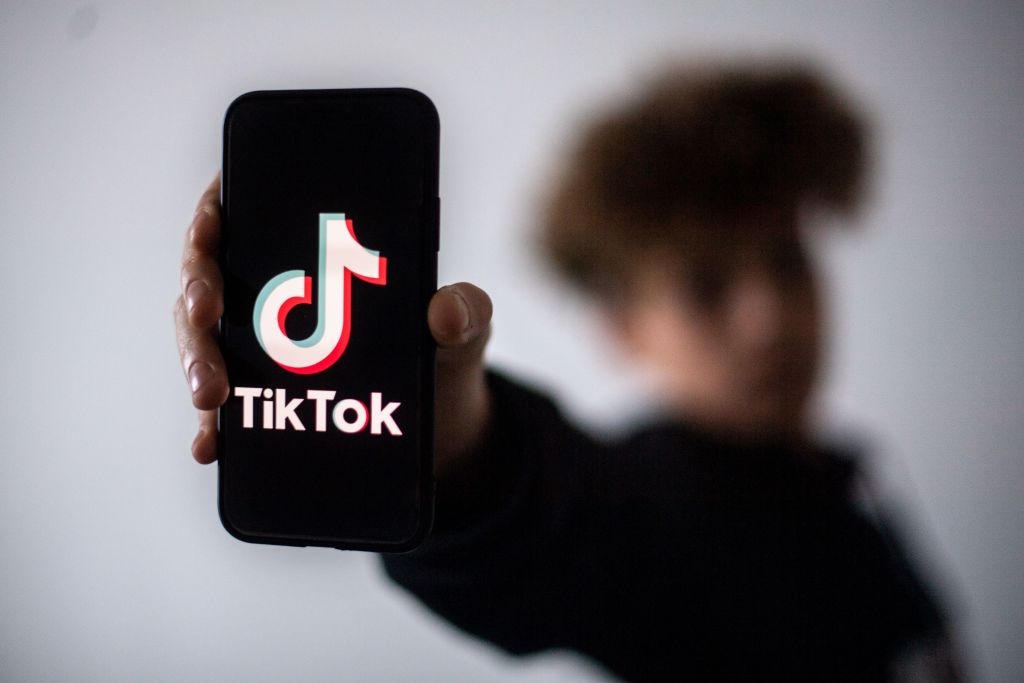
Nellie-Jean Robinson, a 35-year-old woman from Florida, is using social media to redefine perceptions about Hirsutism, a condition which causes an excess growth of dark hair on the skin of people who who were assigned female at birth.
Robinson, who has been showing off her facial hair on Instagram and TikTok, said she is striving to uplift others who may be struggling with Hirsutism, which can be the result of a hormonal disorder known as polycystic ovary syndrome.
"My goal was to reach my 14-year-old self or any young woman who was struggling with the same affliction," she told BuzzFeed. "So they would know that they’re not alone and that they are beautiful and don’t have to be embarrassed or ashamed of having facial hair."
View this post on InstagramA post shared by Nellie J (@bermybeauty85)
Until recently, the Florida bank employee shaved her facial hair daily. Now, she has a different routine.
"In the past five months, I have been waxing, which is every four weeks, and I no longer shave," she said.
@bermybeauty85Watch me go from ????????➡️???????????? thank you @luminouswaxandesthetics ##fyp
##yasclean
##hirsutismwax
##pcosawareness
##pcosawareness
##ROMWEGetGraphic♬ Spongebob – Dante9k
Dr. Brittany Craiglow, a Connecticut-based dermatologist, said the condition causes women to grow "excessive coarse, dark hair in a male-like pattern on the face, chest, abdomen, upper back and/or upper thighs."
"It is typically a sign of increased androgens, primarily testosterone, but can also have other causes," Craiglow told BuzzFeed, adding that the condition is typically first seen in the teenage years.
According to the American College of Obstetricians and Gynecologists, at least seven in 10 women who are diagnosed with polycystic ovary syndrome experience Hirsutism. Irregular periods and acne are also identified as other symptoms of PCOS.
Craiglow said treatment for Hirsutism depends on the underlying cause.
"Typically oral contraceptive pills are the most common treatment. Medicines that lower androgen levels, such as spironolactone, can also be helpful," she said. "Direct methods of hair removal can also be used, including creams, electrolysis, and laser hair removal. These should generally be combined with medical therapy for best results."
Nellie, however, is focused on helping women understand that the condition doesn't define them as a person.
"I want women — especially those who have been newly diagnosed — to know that you are beautiful the way you are, with or without the hair," she said. "Having a great character is the real flex, and, unfortunately in today’s society, it’s something people overlook."
Other women are also coming forward with their stories to inspire those who find themselves in the same situation.
"The moment I decided to let my facial hair grow out was August 11, 2016," 25-year-old Alma Torres told allure. "It was something I had to mentally and emotionally prepare myself for; I'd been wanting to do it for so long. I can honestly say that growing my facial hair was the best decision I ever made. I absolutely love my beard. It's given me the confidence I never thought I would have."
Annalisa Hackleman, 33, said she was shaving three to four times a day at one point.
"I would only leave the house for work and I spent hours plucking and shaving, to no avail," she said. "It felt like there was no end. My husband was trying his best to help me, even doing whatever he could to make me feel beautiful. He would wax my face and pluck for me while we lay in bed. It never ended. One day, after one of my meltdowns, he asked me: 'Why not just stop, give my face a rest, and let the hair just grow?'"
Since then, the 33-year-old has been learning to embrace her beauty.
"My last day of shaving my face completely was July 25, 2014," Hackleman said. "It took a long time to feel confident. I have shaved since, and I do remove hair on my face occasionally, but I live with a full beard. I feel like I am finally myself."
facial hairHirsutismNellie-Jean Robinsonpolycystic ovary syndrome




































